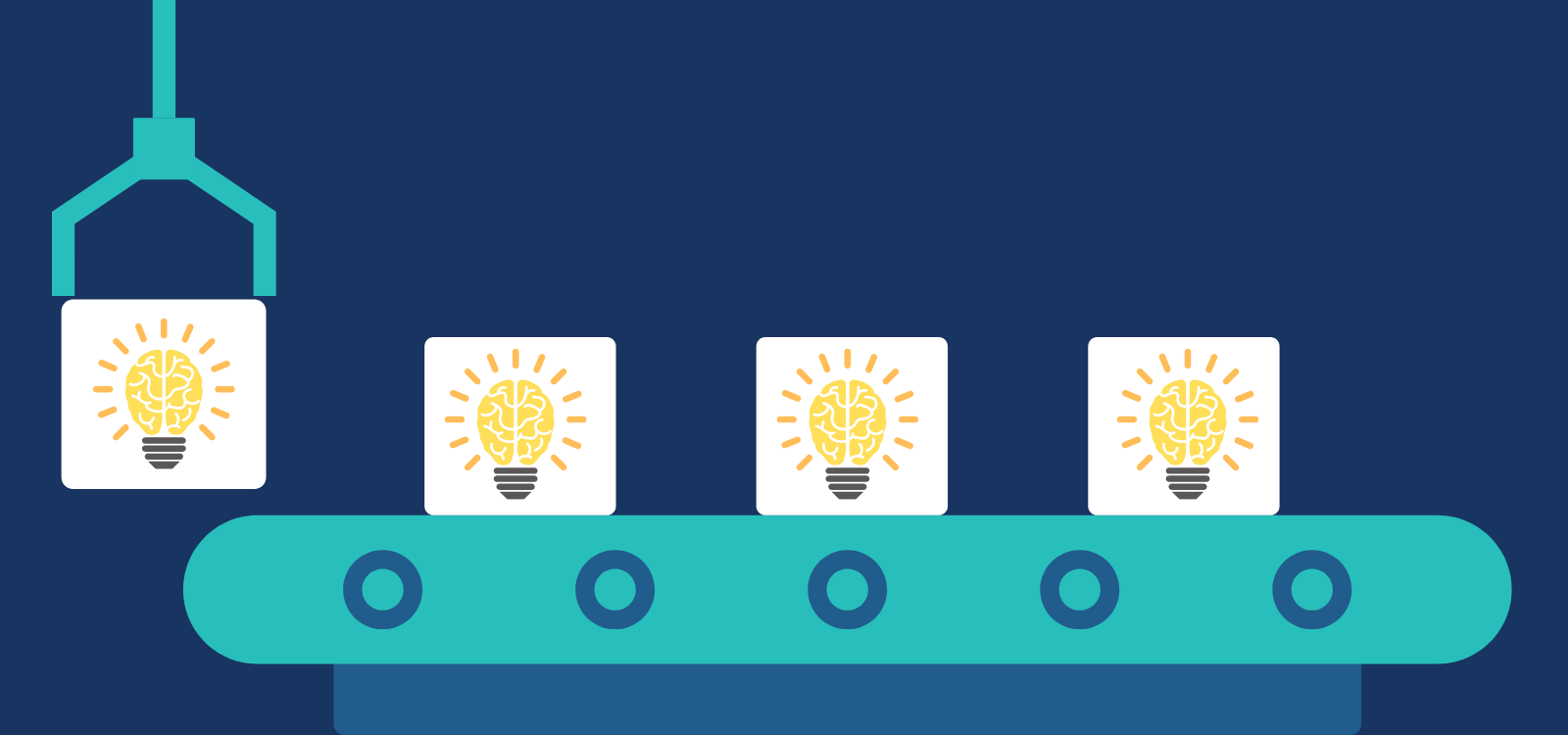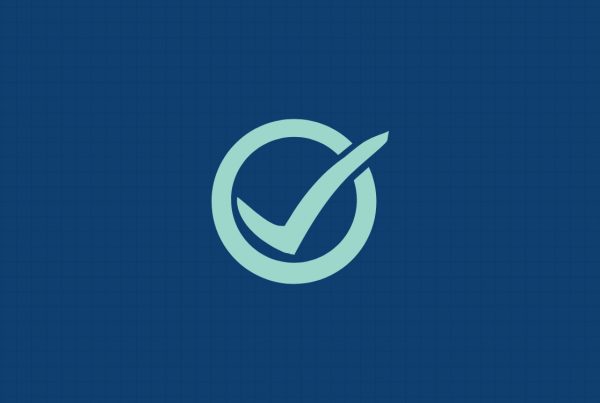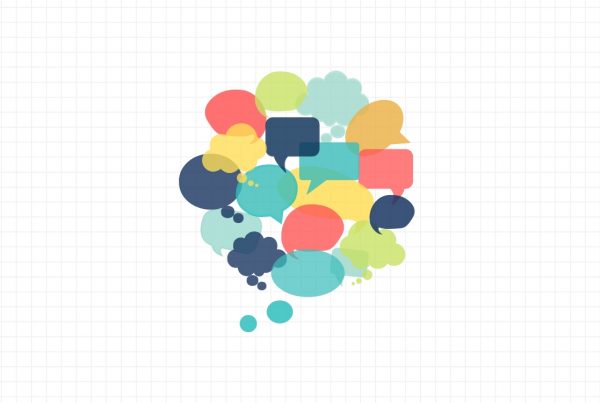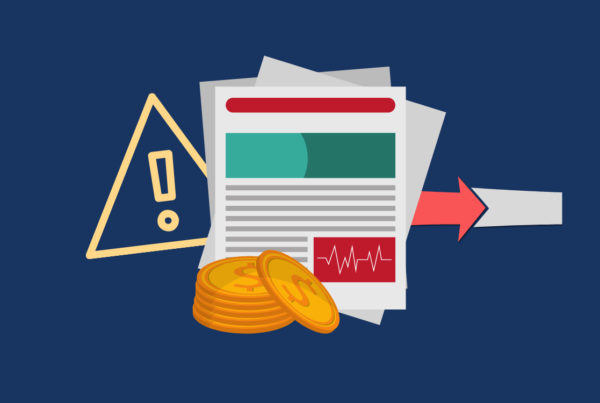As digital services proliferate, we’re entering a new age of commercial opportunity: one where the digital world increasingly reflects changes similar to the physical world of the past 100 years. The efficiency gains between the two (an exponential decrease in the marginal cost of the offered product) is now taking hold in digital services as they become productized.
We are quickly shifting from a variable cost economy to a fixed cost production economy where such investment is prioritized, resulting in higher and more permanent returns to capital. This transformation has led to multiple new types of business models, ranging from SaaS to Knowledge-as-a-Service.
Here, we look at how services have become “productized” over time, and how the automation and productization of human knowledge is revolutionizing today’s economy.
Legacy Businesses: Services and Products
There are two types of legacy businesses: those that render services and those that sell specific products. Product companies evolved from service businesses as a result of mass production. Prior to the ability to scale production of a service, everything was unique, niche, and one-off. Product companies generally represent physical goods, though as we’ll see in a moment—this understanding is shifting today.
SaaS (Software-as-a-Service) — 1990s
SaaS, at its core, is a delivery vehicle: it is a container that holds some form of data, insights, or knowledge, often generated by the consumer. The popularity of SaaS businesses is due to its recurring billing model that extracts additional rents from consumers. SaaS is still limited: it is often a set of intelligently organized containers, intended to hold and distribute some set of data, produced by the customers, to the customers. At its core, SaaS is the productization of distribution: using the internet to repeatedly deliver a software “product” that was previously sold on shelves via a shrink-wrap license. Today, there is a growing emphasis on the quality of what SaaS companies can do (e.g., data, insights, or knowledge) to provide value to customers.
DaaS (Data-as-a-Service) — 2000s
As the SaaS market matured, customers began to seek opportunities. Enter data companies. Data-as-a-Service models may be sold via a containerized set of data (stand-alone), or input into a piece of software (often via API or direct embedding). The primary difference between a DaaS business and a SaaS business: in a SaaS business makes money from distributing that content, rather than generating content. Take for example Salesforce and ZoomInfo. Salesforce is the container that can be used to hold known industry contacts, while a DaaS vendor like ZoomInfo might be used to enrich that contact data with better address or phone details. DaaS’s value is in the data produced, not the container it sits in.
IntaaS (Insights-as-a-Service) — 2010s
Data can be sliced, diced, analyzed, and cut into many different views, revealing profound insights. These insights are now packaged and sold to consumers through the Insights-as-a-Service model. An example of businesses that productize data into insights include companies like Nielsen, who have built a business around a straightforward set of metrics. IntaaS firms attempt to provide customers with insights from proprietary sets of data, thus reinforcing their competitive moats. These businesses represent a step toward the productization of knowledge, and their ability to provide insights on proprietary data is the differentiated product.
KaaS (Knowledge-as-a-Service) — 2020s
Much like a factory in the early 1900s, KaaS relies on an assembly line of knowledge that has a set of repeatable steps to create knowledge as a product. AI will often be the tool of choice in these businesses; they are the machines in the digital factory. In these businesses, both distributing a product (SaaS), and building a product (KaaS) are one-time fixed costs. This means more up-front capital required, but higher-back end margins.
As an example, Stitchfix, a modern personal styling service, invested a fixed amount of capital into building algorithms that create knowledge about each user to target a better fit for consumers and reduce the volume of misfits and returns. Stitchfix has thus turned a variable cost (rate of return per customer) into an up-front fixed cost which builds knowledge about its customer, and thus massively reduces variable cost. The “knowledge” product that Stitchfix sells is “optimal fit.”
Ascent as a KaaS provider | Ascent is a KaaS company that creates regulatory knowledge to help financial firms manage their regulatory risk more effectively than traditional methods. Traditionally, firms have used a mix of in-house compliance staff and outsourced resources like consultants or lawyers to analyze this text and determine which regulatory obligations are actually applicable to the business. Ascent has created an assembly line of engineers, data scientists, and compliance officers to build, train, and optimize intelligent algorithms that identify a firm’s exact obligations at a fraction of the time and cost. Only about 35 percent of any body of regulatory text contains an actual obligation (the rest consists of definitions, clarifications, and other ancillary information) and an even smaller percentage of those obligations apply to any particular business. Our algorithms are trained to spot the difference, and immediately get to work parsing out the text into obligations and non-obligations. To learn more about the granular information produced by Ascent, contact us.
What This Means for The Economy
Society is just beginning the shift towards the KaaS business. Up-front investments that yield productive first-to-market traction will mean more long-term revenue. The stickiness of KaaS businesses should be far superior to SaaS businesses when fully integrated. As algorithms become smarter, knowledge will be easier to generate, and the price of knowledge and expertise will decrease. As a result:
1. Expertise will become ubiquitous. The unlocking of human capital will be astounding: people will be able to create, accelerate, and design, while machines will calculate, advise, and build. For the first time in history we will be able to give people all over the world access to knowledge for free.
2. The Expansion of Human Potential: These knowledge machines will enable us to dramatically expand our abilities in areas like medicine, law, finance, and other knowledge disciplines. As the cost of knowledge drives to zero, people will be able to freely consume it. This will result in enormous consumer surplus, and benefit to society.
3. Returns to Labor will Remain Under Pressure: Shifting from variable costs like human labor to fixed cost like technology (built via capital investment) will create challenges as the economy transitions. Job dislocations will occur, but will be temporary. Similar forms of automation happened to blue-collar manufacturing work in the 50s and 60s. It is likely we will see similar automation and disruption to knowledge work in the 2020s, and more prolifically in the 2030s.
This shift is already underway. As knowledge is commoditized via algorithms, these business models will continue to evolve in a way that creates benefits for consumers and businesses alike. While temporary disruption will occur, the ultimate promise of knowledge products will usher in an era of productivity and growth, the likes of which we see once in a generation.
 About the Author | Brian Clark is the President and Founder of Ascent. He has a wide breadth of regulatory compliance experience including derivatives exchanges, market investigations, clearinghouse compliance, and registered brokerage businesses. He is a former Chief Compliance Officer and General Counsel, and is passionate about entrepreneurship and technology. Connect on LinkedIn.
About the Author | Brian Clark is the President and Founder of Ascent. He has a wide breadth of regulatory compliance experience including derivatives exchanges, market investigations, clearinghouse compliance, and registered brokerage businesses. He is a former Chief Compliance Officer and General Counsel, and is passionate about entrepreneurship and technology. Connect on LinkedIn.
Subscribe below to get helpful articles and thought leadership that helps you stay at the forefront of compliance and technology.







